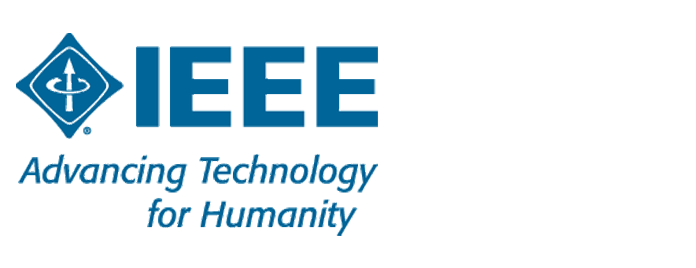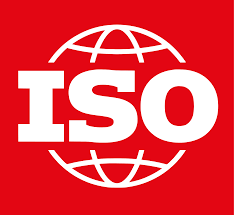IEEE 1900.1-2019 - IEEE Standard for Definitions and Concepts for Dynamic Spectrum Access: Terminology Relating to Emerging Wireless Networks, System Functionality, and Spectrum Management
Definitions and explanations of key concepts in the fields of spectrum management, spectrum trading, cognitive radio, dynamic spectrum access, policy-based radio systems, software defined radio, and related advanced radio system technologies are provided. Beyond simple, short definitions, amplifying text explaining these terms in the context of the technologies that use them is provided. Also described is how these technologies interrelate and create new capabilities while at the same time providing mechanisms supportive of new spectrum management paradigms.

